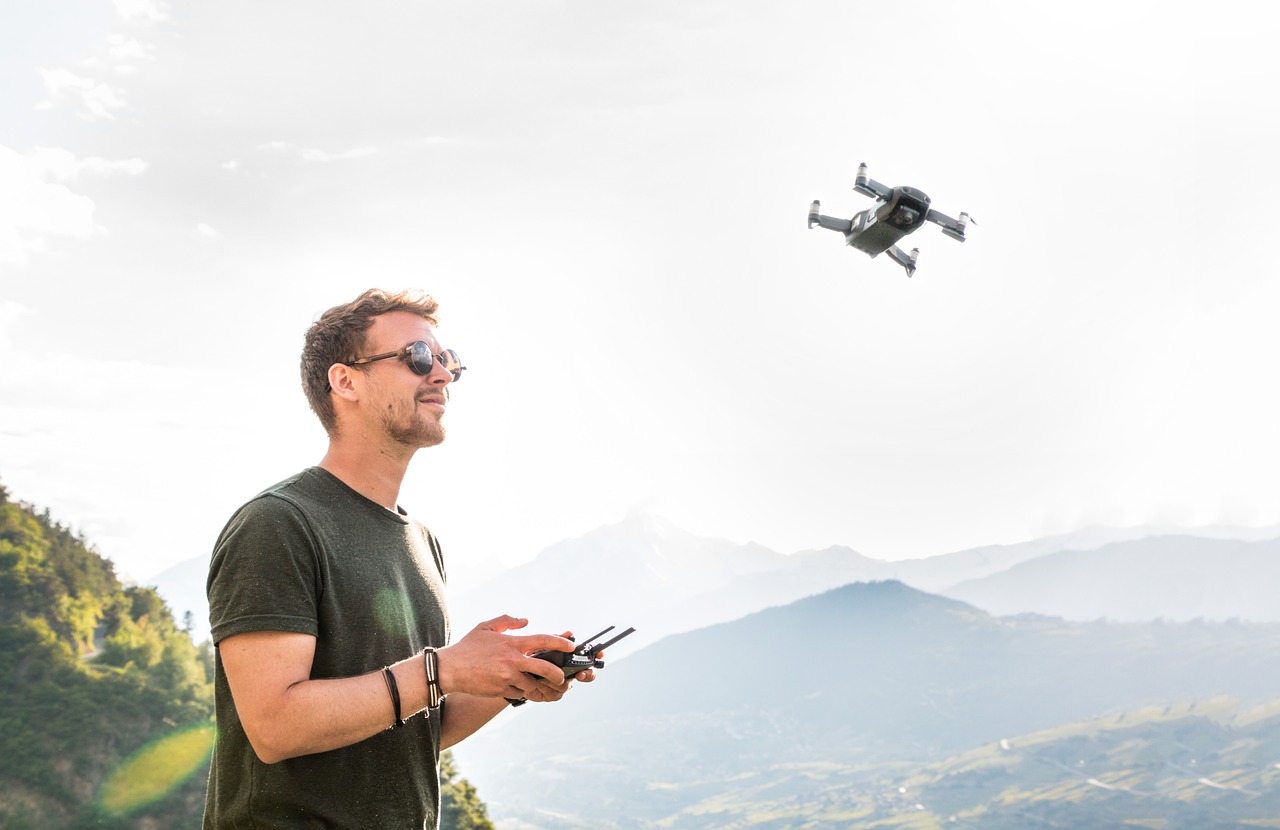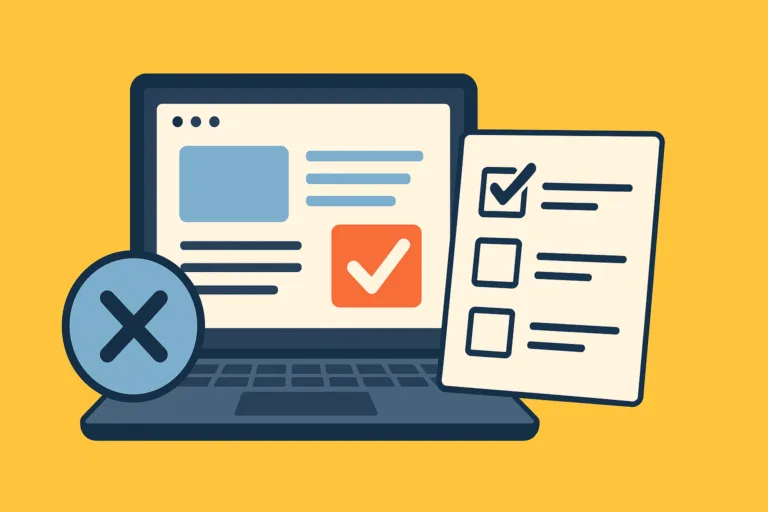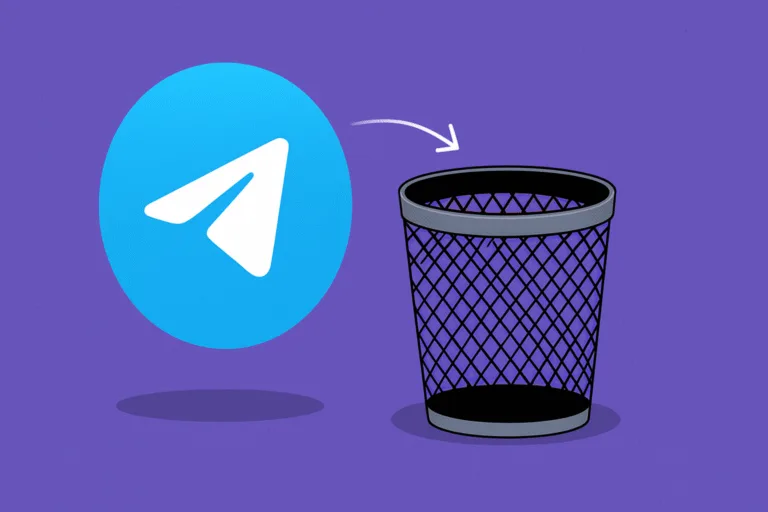If your drone battery drains too quickly, you’re not alone. It’s a common frustration among drone owners, especially when you’re in the middle of capturing the perfect aerial shot or exploring a new location from above. You take off, expecting a solid 20 to 30 minutes of flight time, but within minutes, the low battery warning pops up, forcing you to land much sooner than planned. It can be disappointing, especially if you’re out on a shoot, traveling, or simply enjoying a weekend flight.
Many factors affect battery life, and sometimes, it’s not just the battery itself. The way you fly, the weather conditions, and even how you charge and store your battery can make a big difference. Strong winds force your drone to work harder, aggressive flying drains power faster, and outdated firmware might be making your drone less efficient without you even realizing it.
If your flights are getting shorter and you’re constantly recharging, it’s time to figure out what’s going wrong. Understanding why your drone battery depletes so fast will help you maximize every flight and keep your drone in the air longer.
How Long Should a Drone Battery Last?
The flight time of a drone depends on its model, battery capacity, and external conditions. Most consumer drones offer between 15 to 30 minutes of flight time per charge. High-end drones may last longer, but even professional-grade batteries have limits. Many drone pilots expect their batteries to last longer than they actually do, leading to disappointment when they land much sooner than planned.
If your drone isn’t meeting the expected flight time, there may be underlying causes shortening battery life.
What Causes Drone Batteries to Drain Fast?
Flying at High Speeds or Aggressively
Pushing your drone to its limits by flying at full speed or performing sharp turns consumes more power. Drones need extra energy to fight against air resistance and adjust rapidly to changes in movement. If you frequently fly in sport mode or make sudden directional shifts, your battery will drain much faster than if you maintain a steady, controlled flight.
Wind and Weather Conditions
Flying in strong winds forces the drone to work harder to stay stable. The motors use more power to fight against the wind, causing the battery to deplete faster. Cold temperatures also affect battery efficiency. Lithium-ion batteries, which most drones use, lose their charge quicker in cold weather. If you’re flying in winter or in a windy location, expect a noticeable drop in flight time.
Overloading the Drone with Accessories
Adding extra weight to your drone, such as a camera upgrade, landing gear, or additional sensors, can impact battery life. The motors need to exert more effort to keep the drone airborne, which increases power consumption. If you’ve recently added any accessories and noticed shorter flights, the extra weight could be the reason.
Old or Poorly Maintained Batteries
Drone batteries have a limited lifespan. Over time, they lose efficiency, leading to shorter flight times. If your battery is more than a year old or has been heavily used, its capacity may have decreased. Swollen or damaged batteries can also discharge faster than normal.
Proper storage and charging habits affect battery health. Leaving batteries fully charged for long periods, exposing them to extreme temperatures, or frequently draining them to zero can cause long-term damage.
Using the Wrong Charging Method
Not all chargers are the same. Using a low-quality charger or not following the recommended charging process can shorten battery life. Charging too fast generates excess heat, which can degrade battery cells. On the other hand, undercharging can leave the battery without enough power for an efficient flight.
Poor Signal and Connection Issues
When a drone struggles to maintain a strong connection with the remote controller, it uses extra power to boost the signal. This can happen in areas with high interference, such as cities with many Wi-Fi networks or when flying behind obstacles. If you often experience weak signals, try flying in open areas with minimal interference.

Also Read: Why are drones banned in Morocco?
How Can You Extend Your Drone’s Battery Life?
Fly Smoothly and Avoid Sudden Movements
A steady flight pattern helps conserve energy. Instead of making frequent sharp turns or rapid accelerations, fly smoothly and avoid unnecessary movements. This reduces the strain on the motors and allows the battery to last longer.
Reduce Extra Weight
If your drone allows customization, remove unnecessary accessories that add extra weight. Every gram counts when it comes to battery efficiency. If you must use additional equipment, try balancing the weight distribution to reduce excessive strain on any one part of the drone.
Avoid Extreme Weather Conditions
Plan flights when the weather is calm. If flying in cold temperatures, keep batteries warm before use. Some drone pilots store batteries in their pockets or use hand warmers to maintain an optimal temperature before inserting them into the drone.
Charge and Store Batteries Properly
Follow manufacturer guidelines when charging your batteries. Use the recommended charger and avoid fast-charging methods that could generate excess heat. Store batteries at room temperature and avoid keeping them fully charged for long periods if you won’t be using them immediately.
If you have multiple batteries, rotate their usage instead of repeatedly using the same one. This helps extend their overall lifespan.
Update Firmware and Calibrate the Drone
Manufacturers release firmware updates to improve battery management and overall performance. Keeping your drone’s firmware up to date ensures it runs efficiently. Additionally, calibrating the drone’s sensors and compass can help prevent unnecessary power usage caused by incorrect readings.
Use Low-Power Flight Modes
Some drones offer low-power or eco modes that optimize battery usage. These modes adjust motor speeds and reduce unnecessary power consumption, allowing you to fly longer without draining the battery too quickly.
Fly in Open Areas with a Strong Signal
Flying in areas with strong signal reception reduces the power needed to maintain communication between the drone and the controller. Open fields, rural areas, or locations with minimal interference are ideal for preserving battery life.
Short battery life is a common frustration for drone pilots, but small adjustments can make a big difference. Flying efficiently, taking care of your batteries, and reducing extra strain on your drone will help you get the most out of every flight. If your battery drains too fast despite following best practices, consider investing in a spare battery to extend your flight sessions.




